FrontLine ACTLC5 Operator's manual
Other FrontLine Safety Equipment manuals
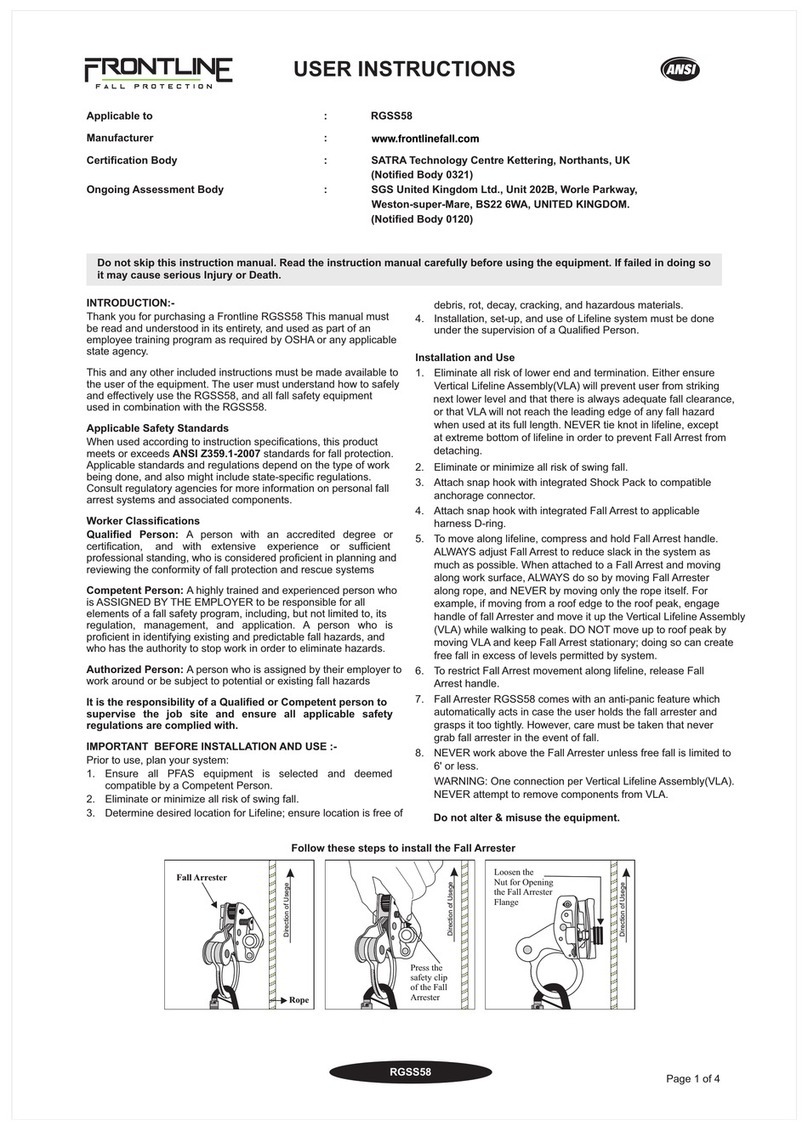
FrontLine
FrontLine RGSS58 User manual
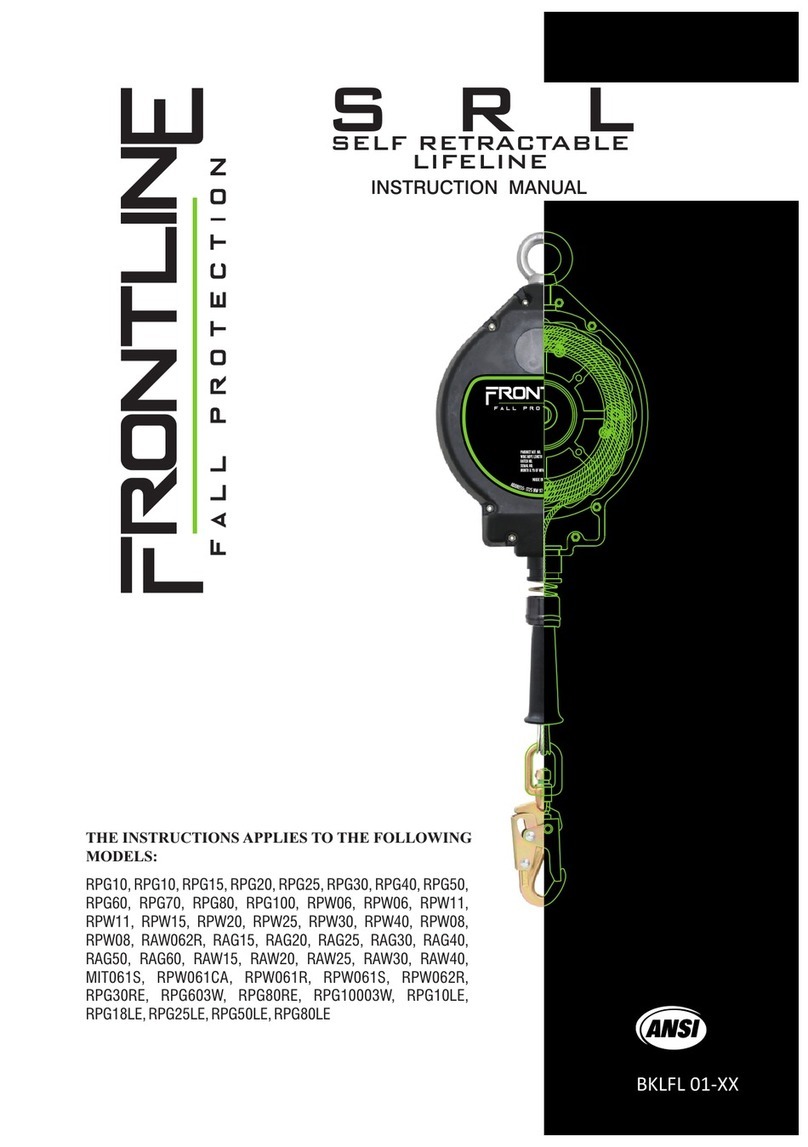
FrontLine
FrontLine RPG10 User manual

FrontLine
FrontLine RPA061S Operator's manual
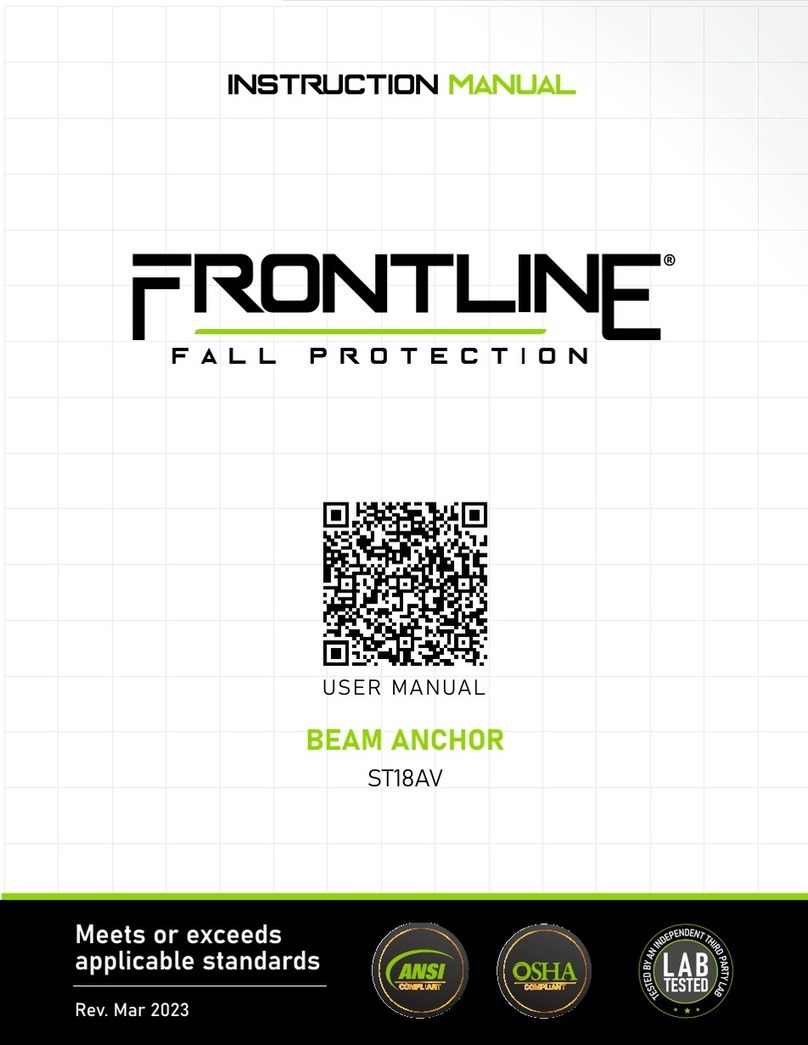
FrontLine
FrontLine ST18AV User manual
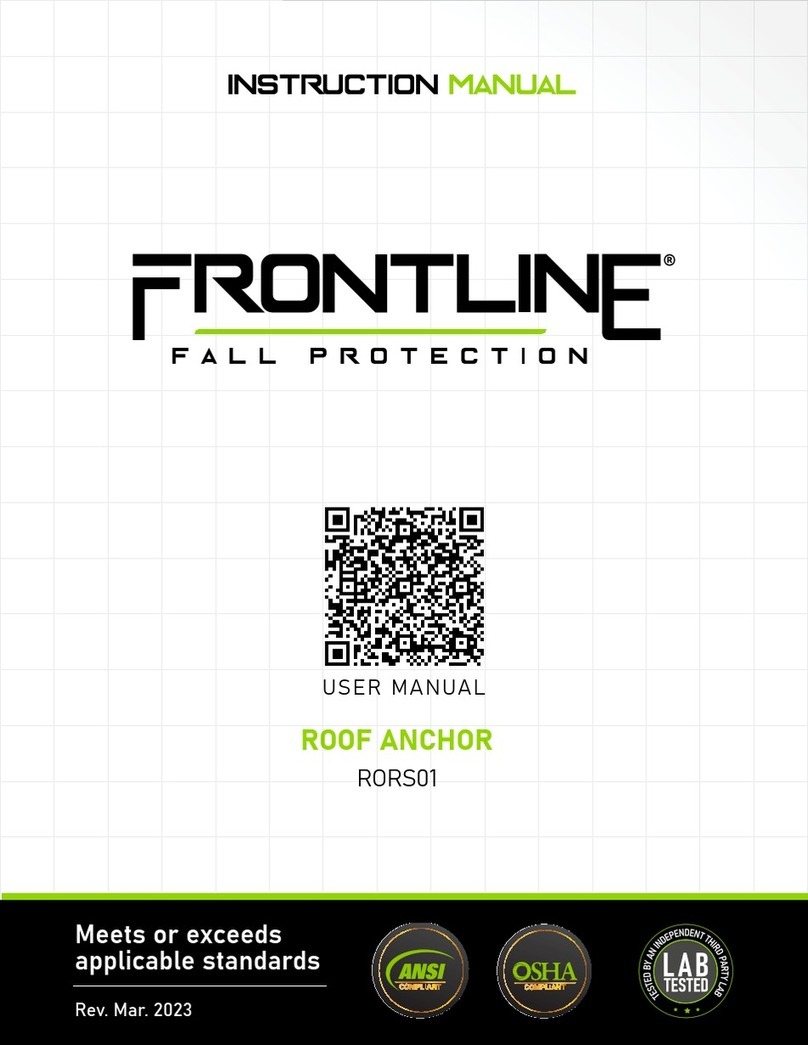
FrontLine
FrontLine RORS01 User manual
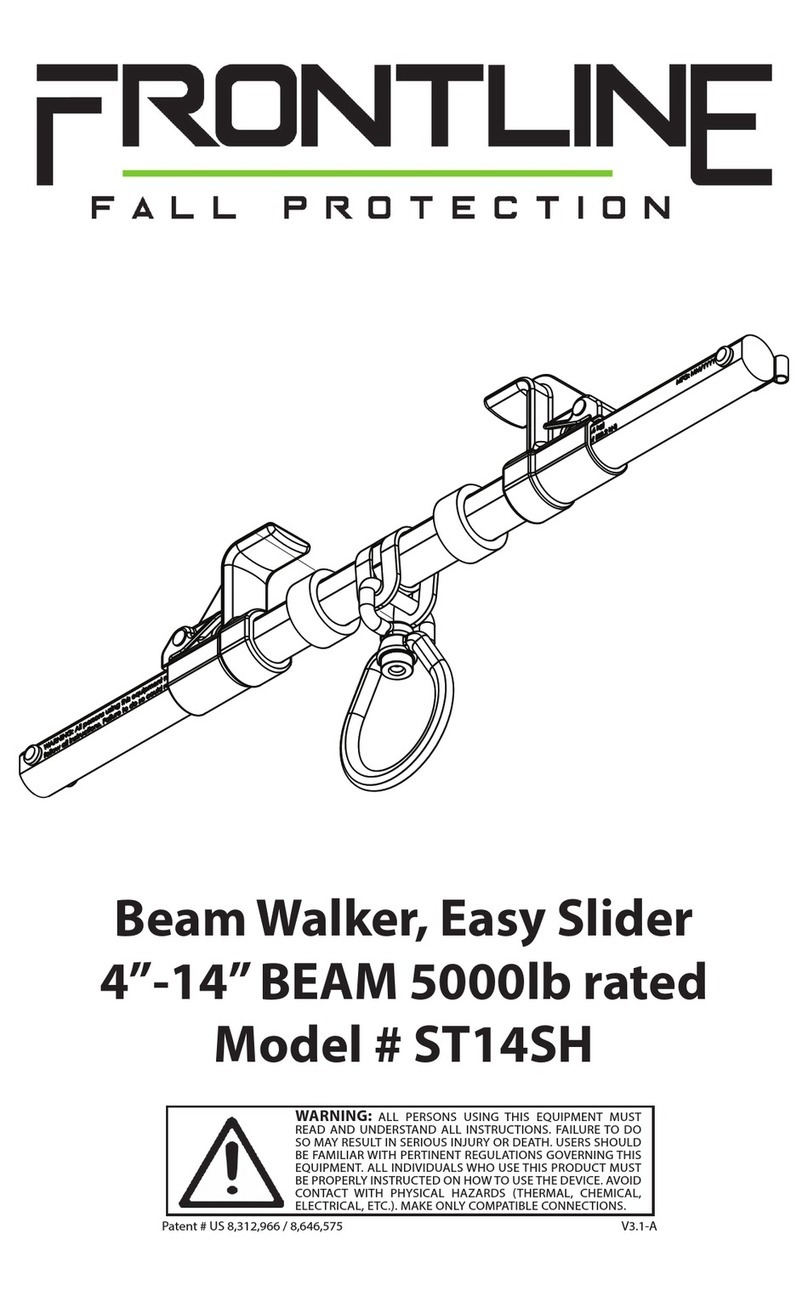
FrontLine
FrontLine ST14SH User manual
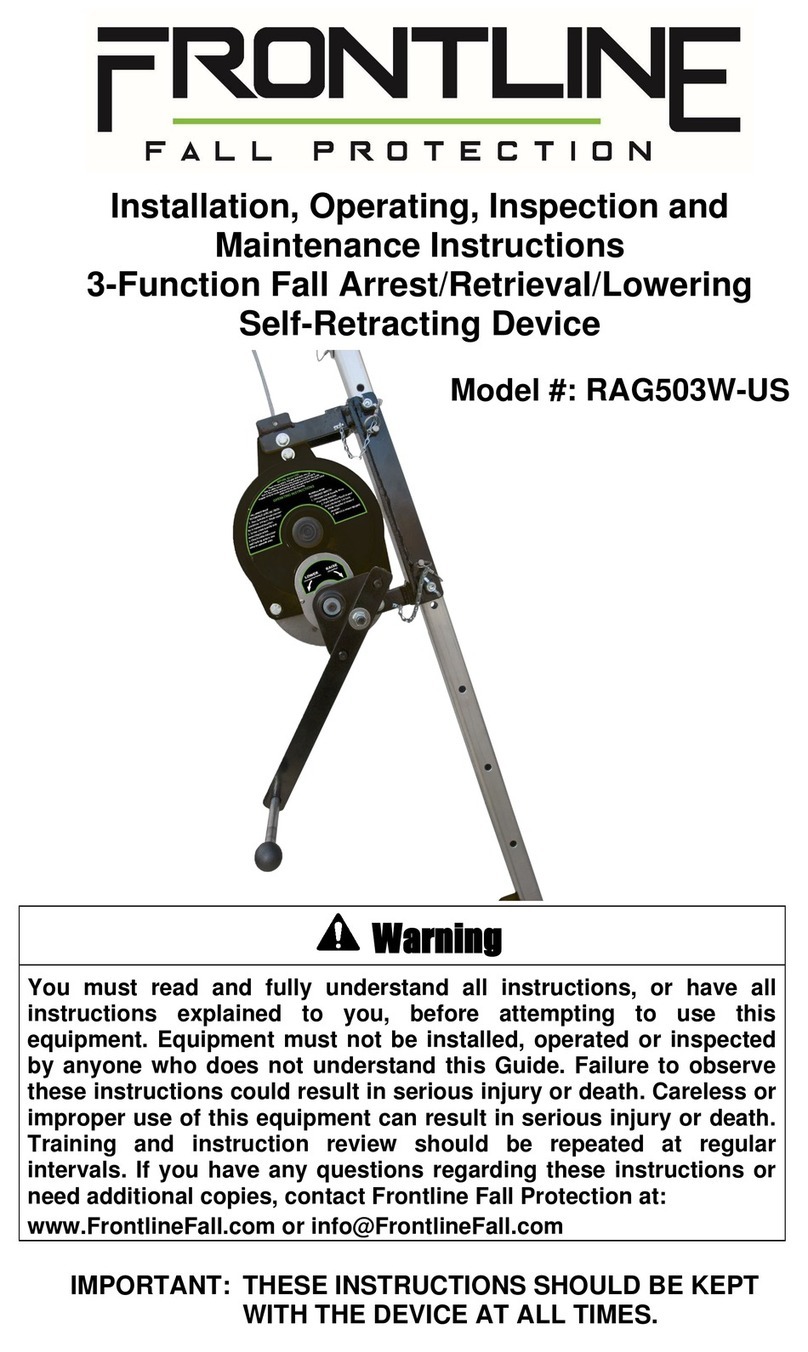
FrontLine
FrontLine RAG503W-US Assembly instructions
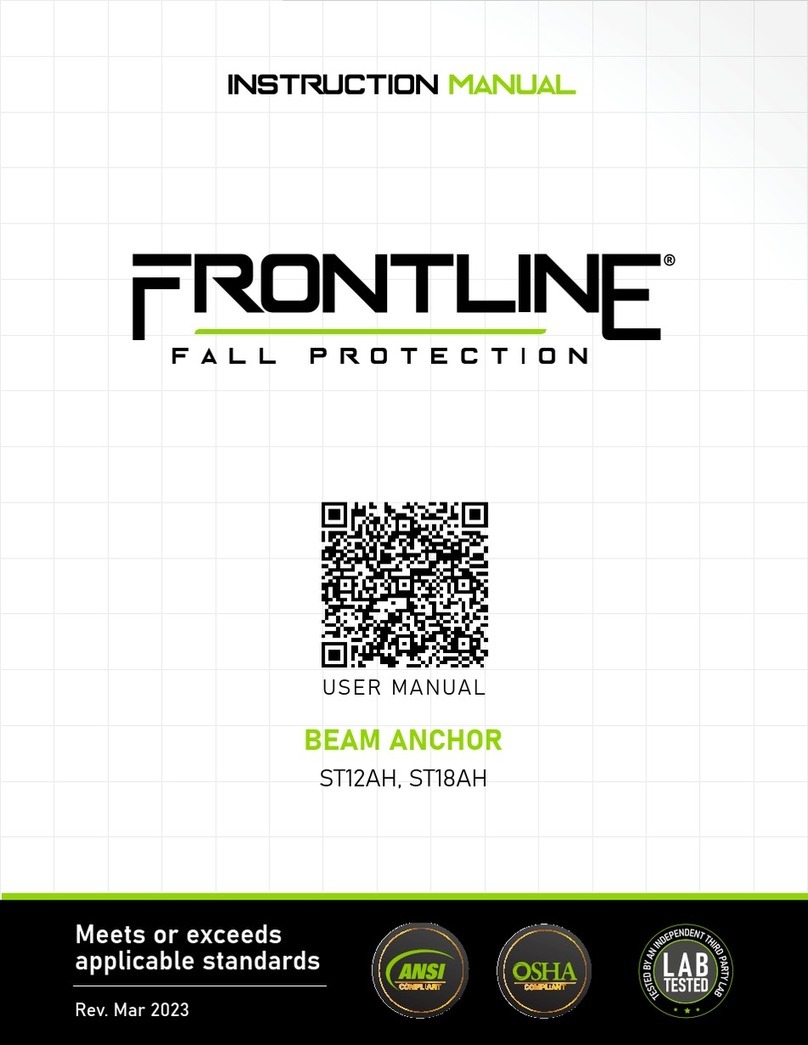
FrontLine
FrontLine ST12AH User manual
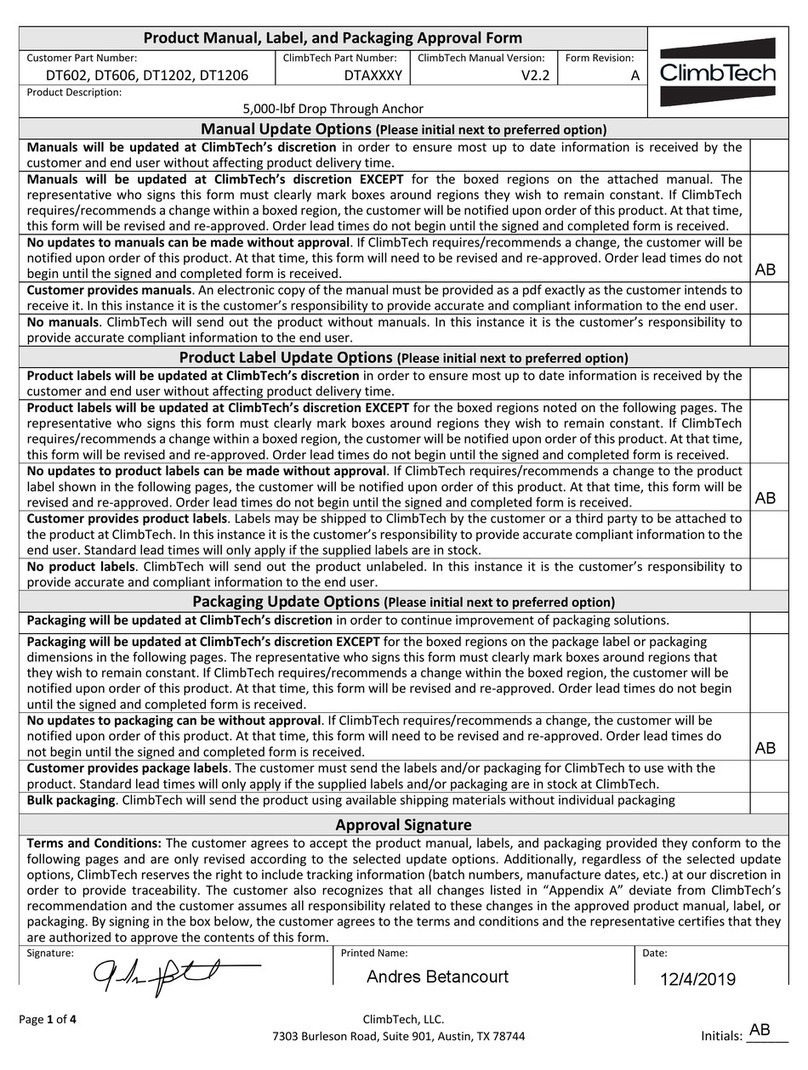
FrontLine
FrontLine DT602 User manual
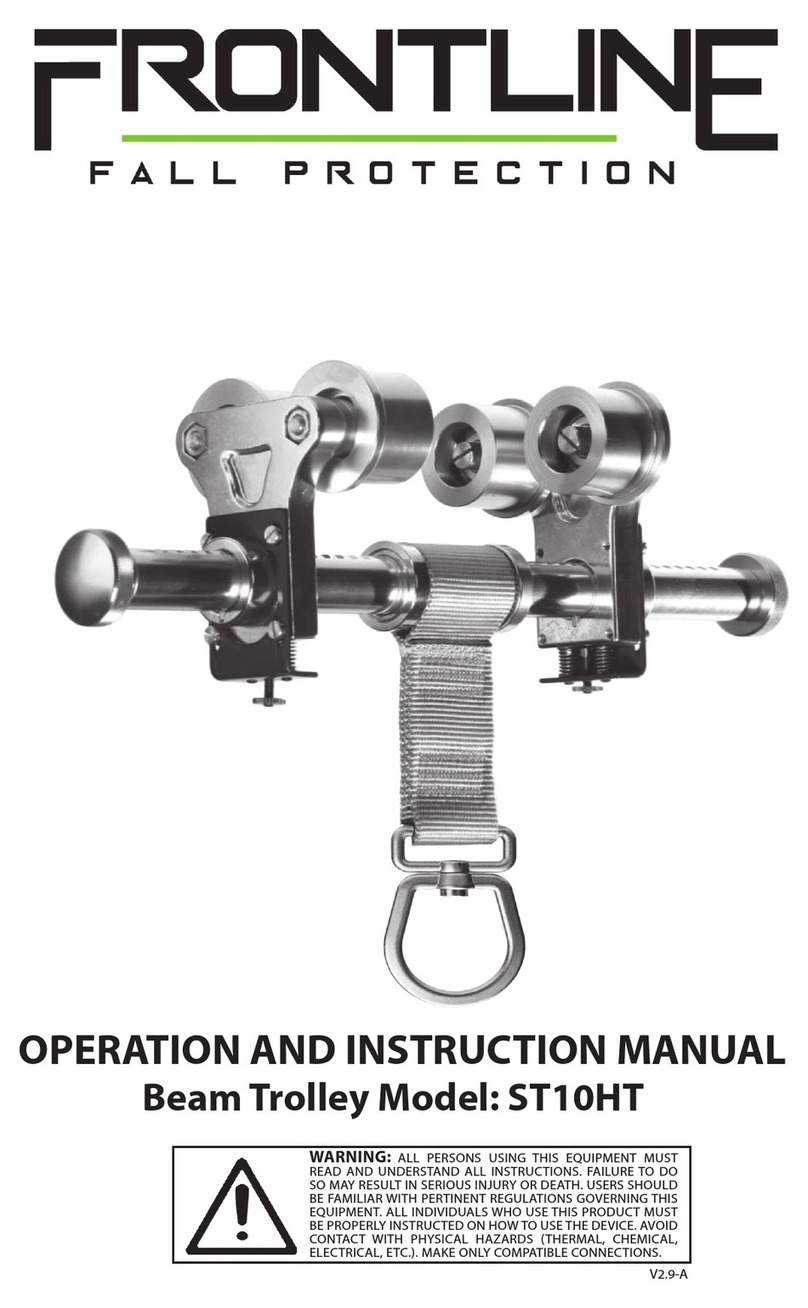
FrontLine
FrontLine ST10HT Guide
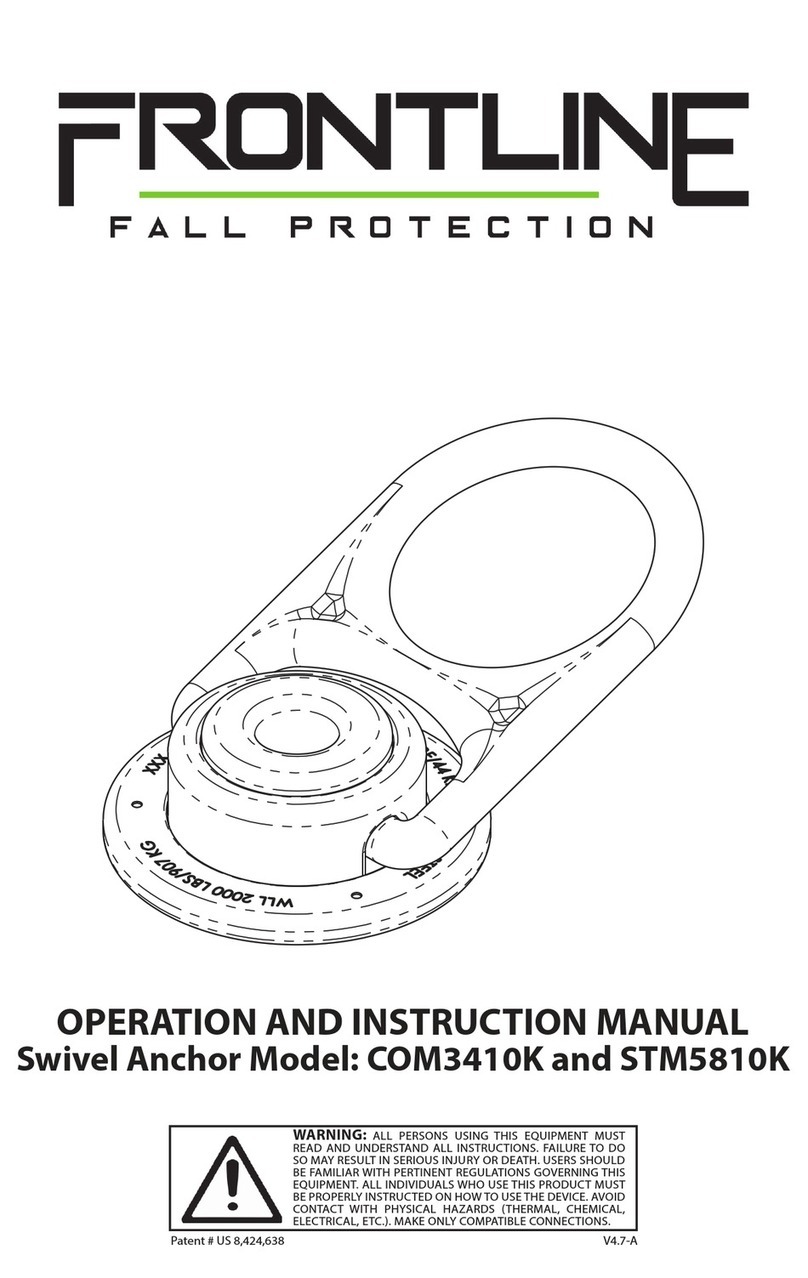
FrontLine
FrontLine COM3410K Guide
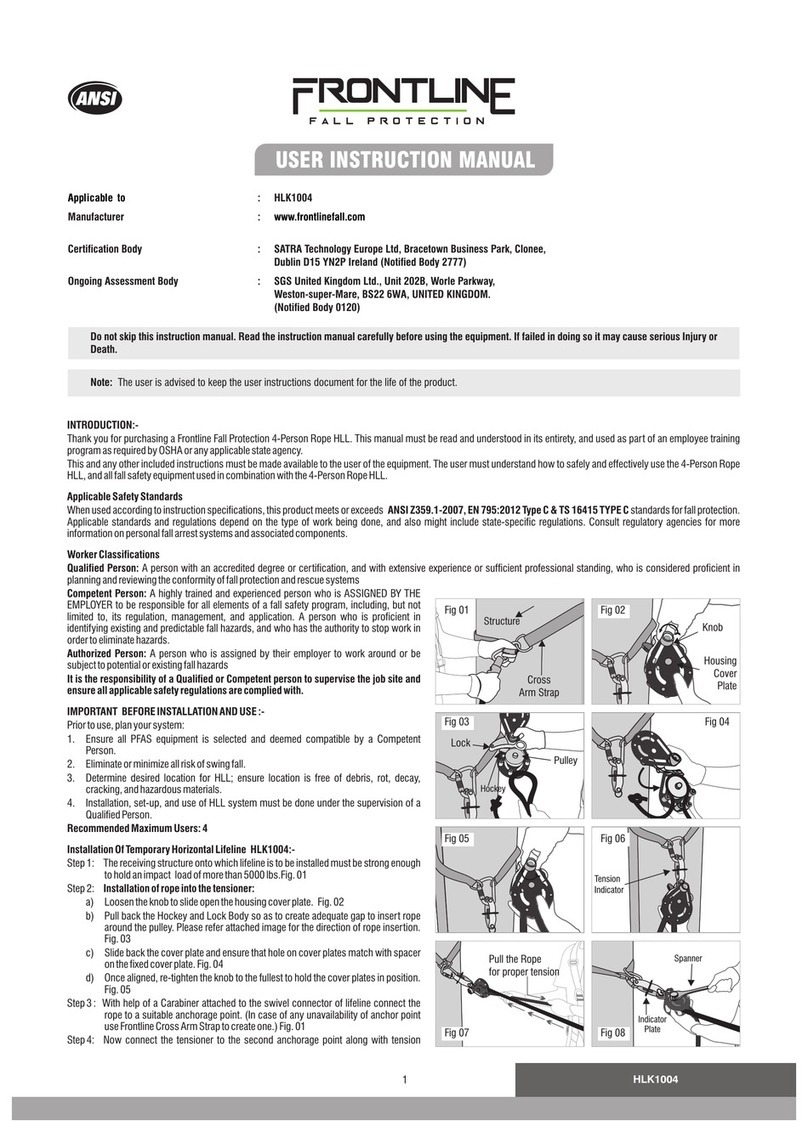
FrontLine
FrontLine HLK1004 Operator's manual
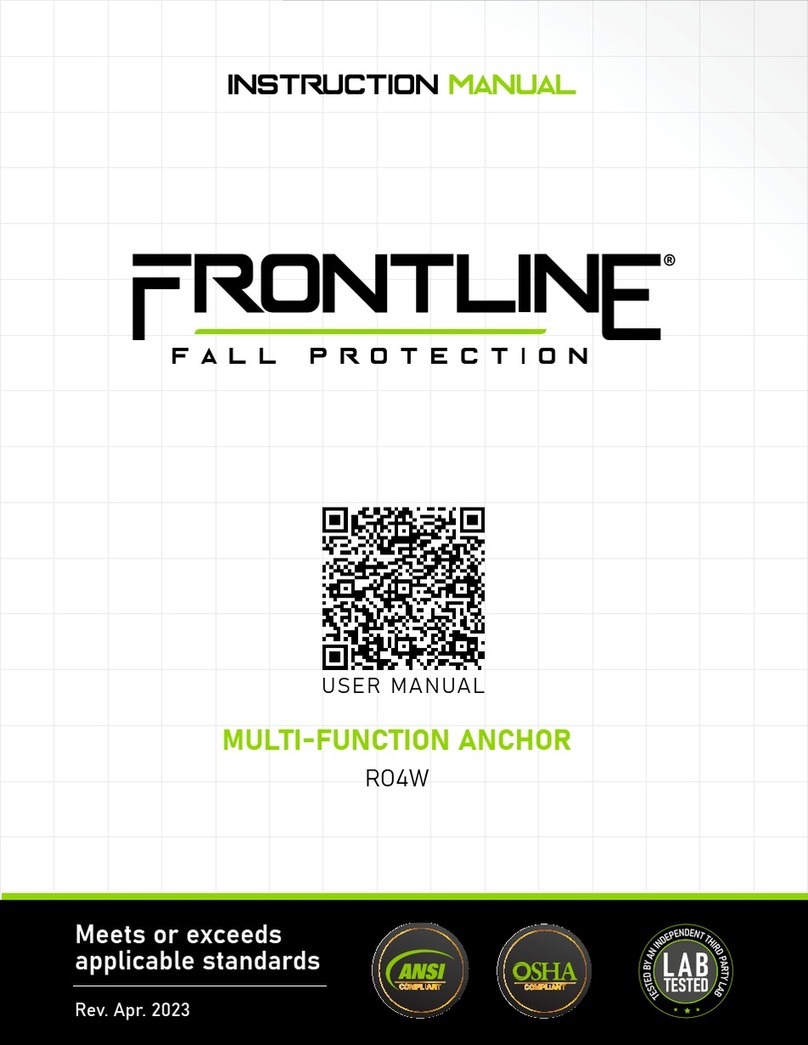
FrontLine
FrontLine RO4W User manual
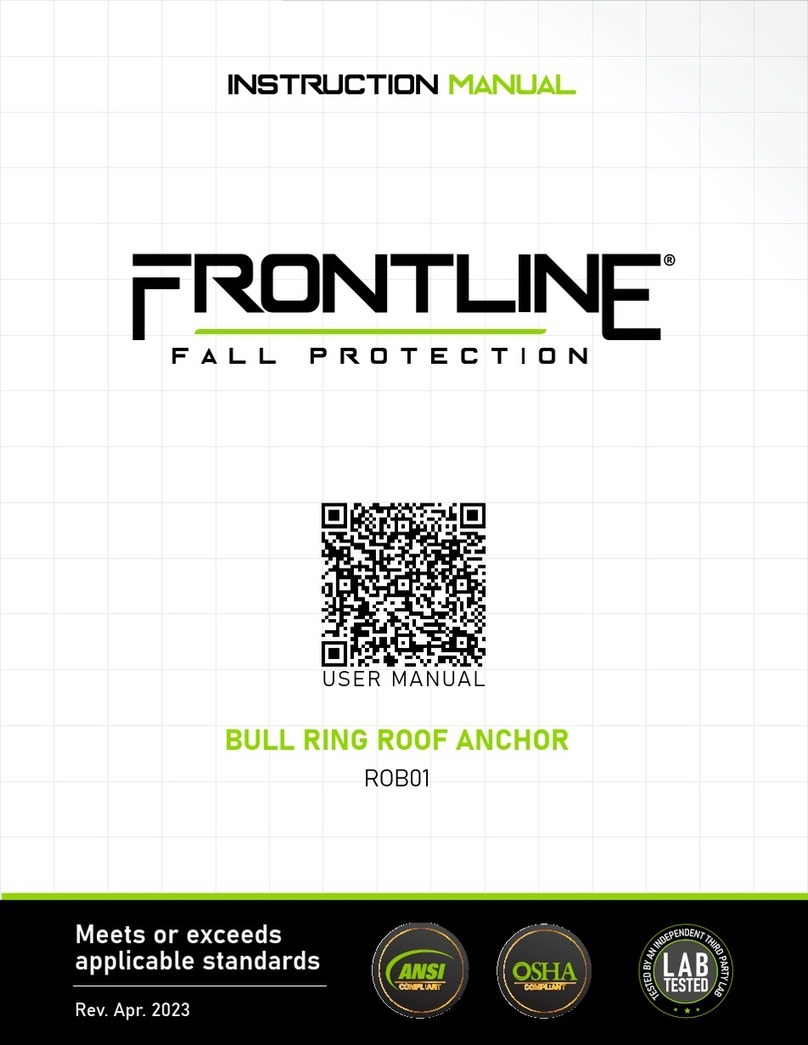
FrontLine
FrontLine ROB01 User manual
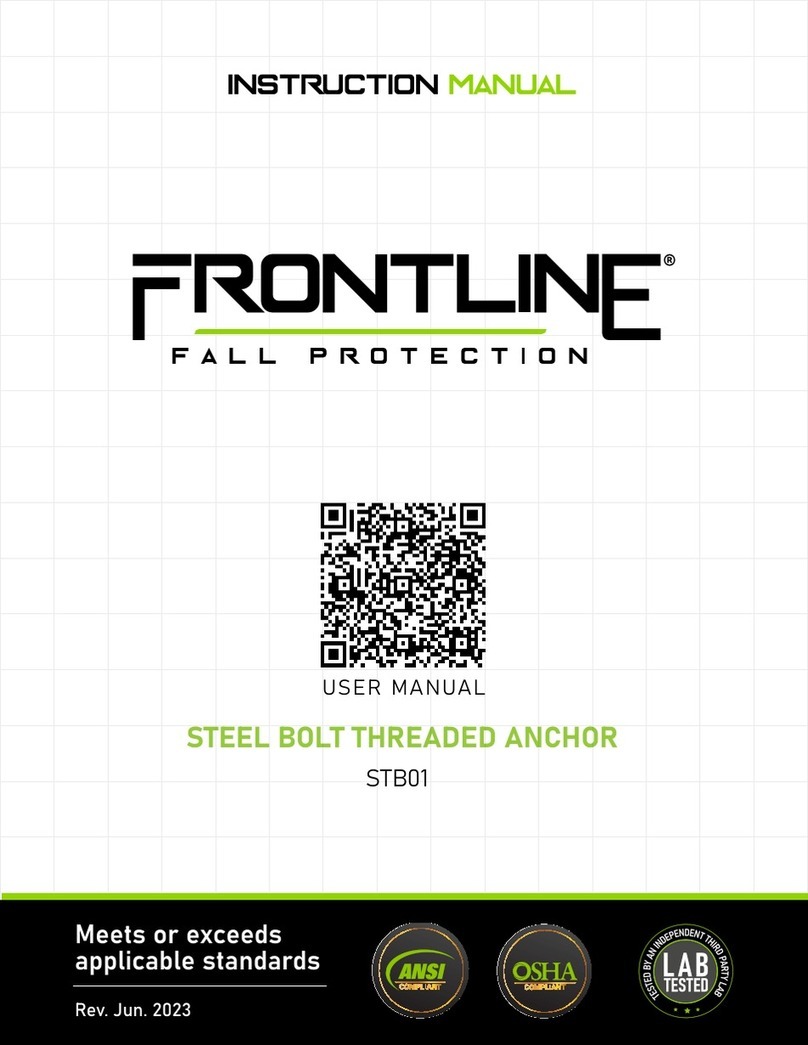
FrontLine
FrontLine STB01 User manual
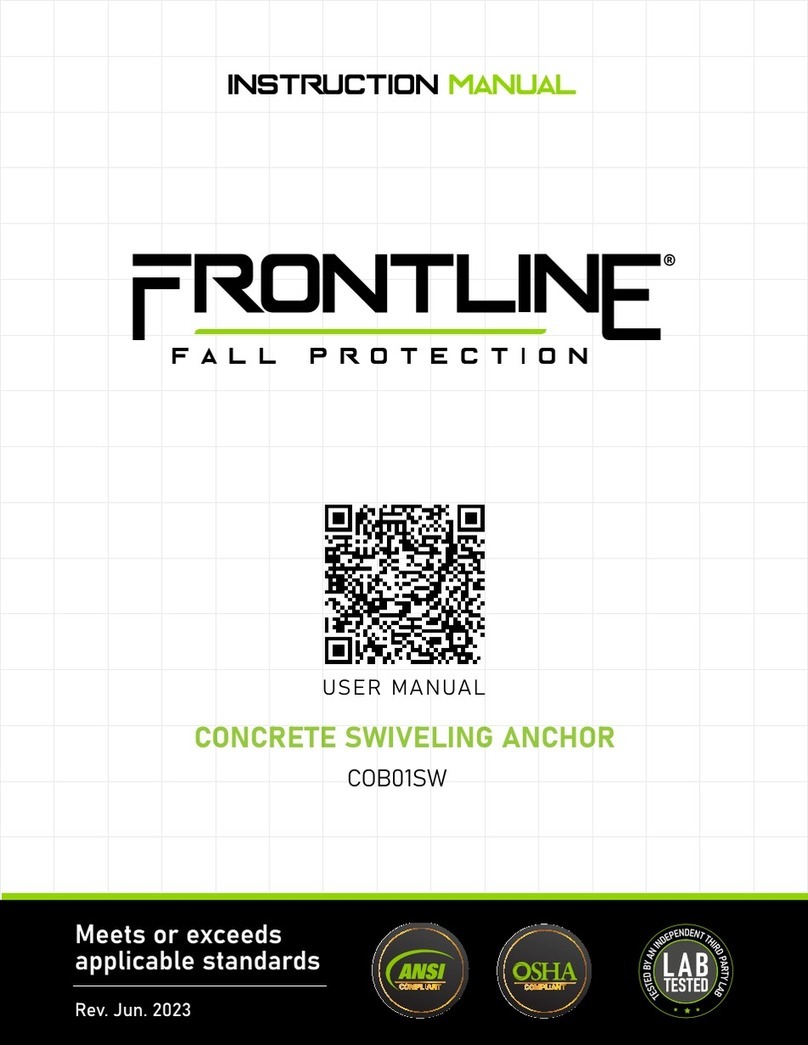
FrontLine
FrontLine COB01SW User manual
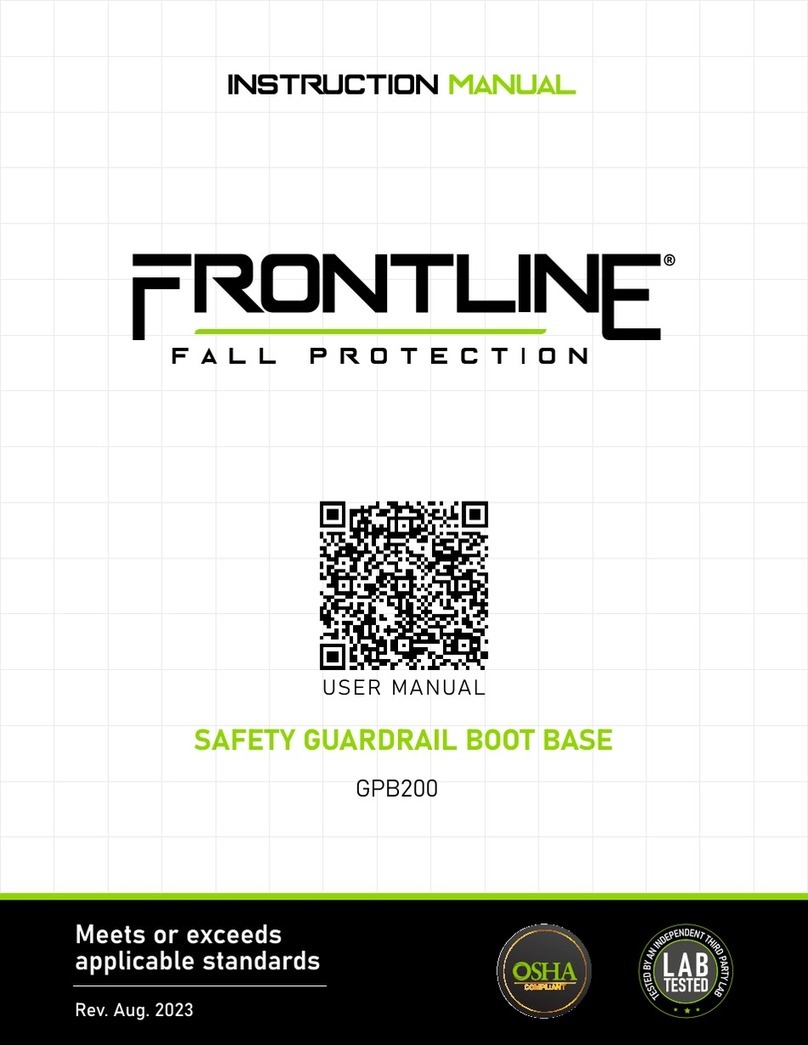
FrontLine
FrontLine GPB200 User manual
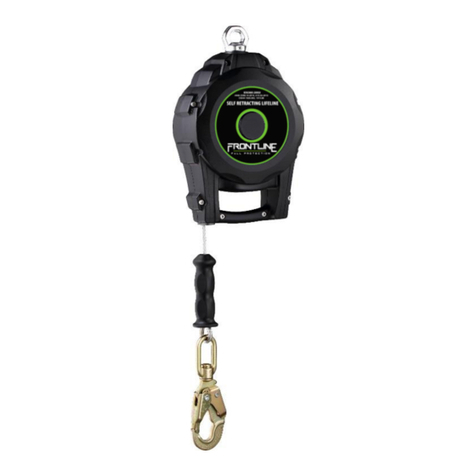
FrontLine
FrontLine RPA061S Operator's manual
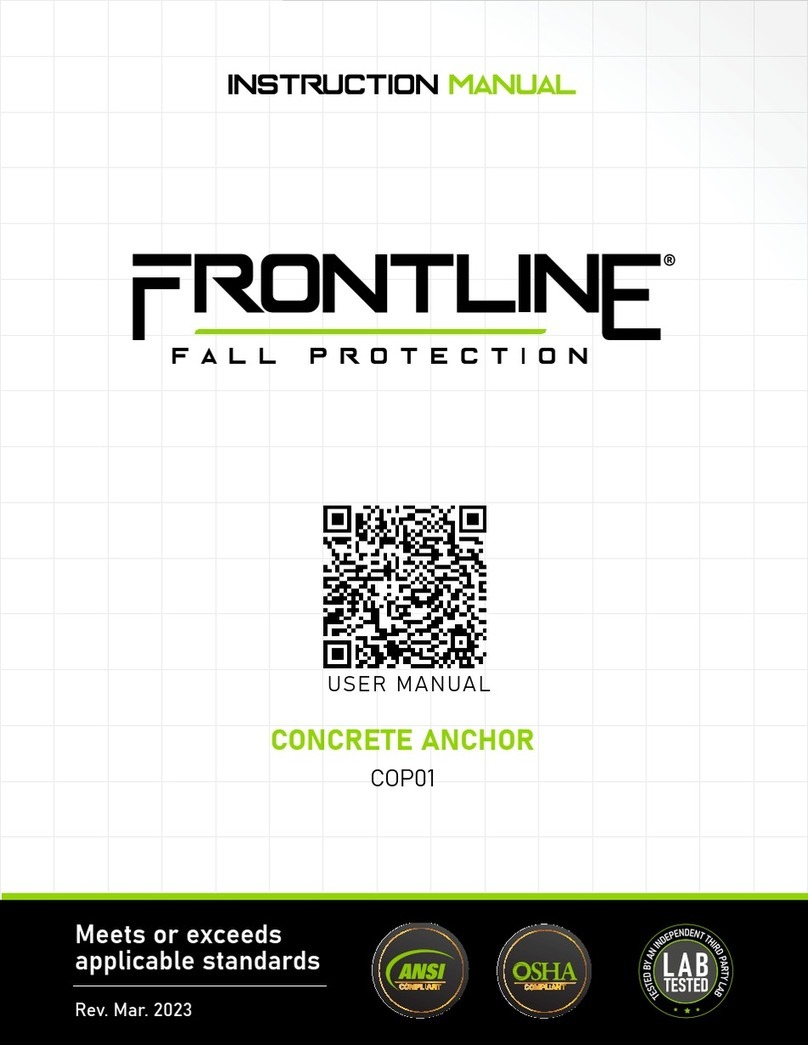
FrontLine
FrontLine COP01 User manual
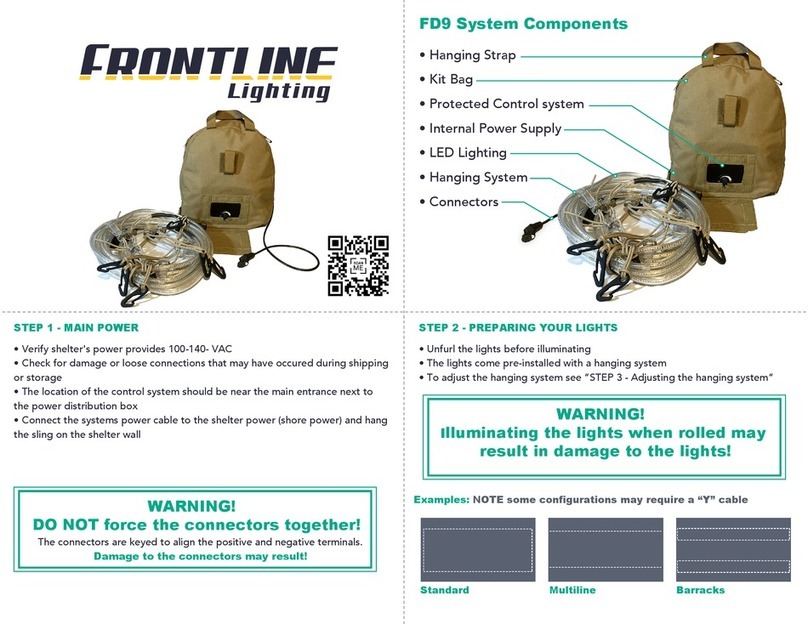
FrontLine
FrontLine FD9 User manual
Popular Safety Equipment manuals by other brands

Lanex
Lanex PB-20 instruction manual

SKYLOTEC
SKYLOTEC ANCHOR ROPES Instructions for use

Besto
Besto Buoyancy Aid 50N Instructions for use

TEUFELBERGER
TEUFELBERGER NODUS Manufacturer's information and instructions for use

Troy Lee Designs
Troy Lee Designs Tbone Product owners manual
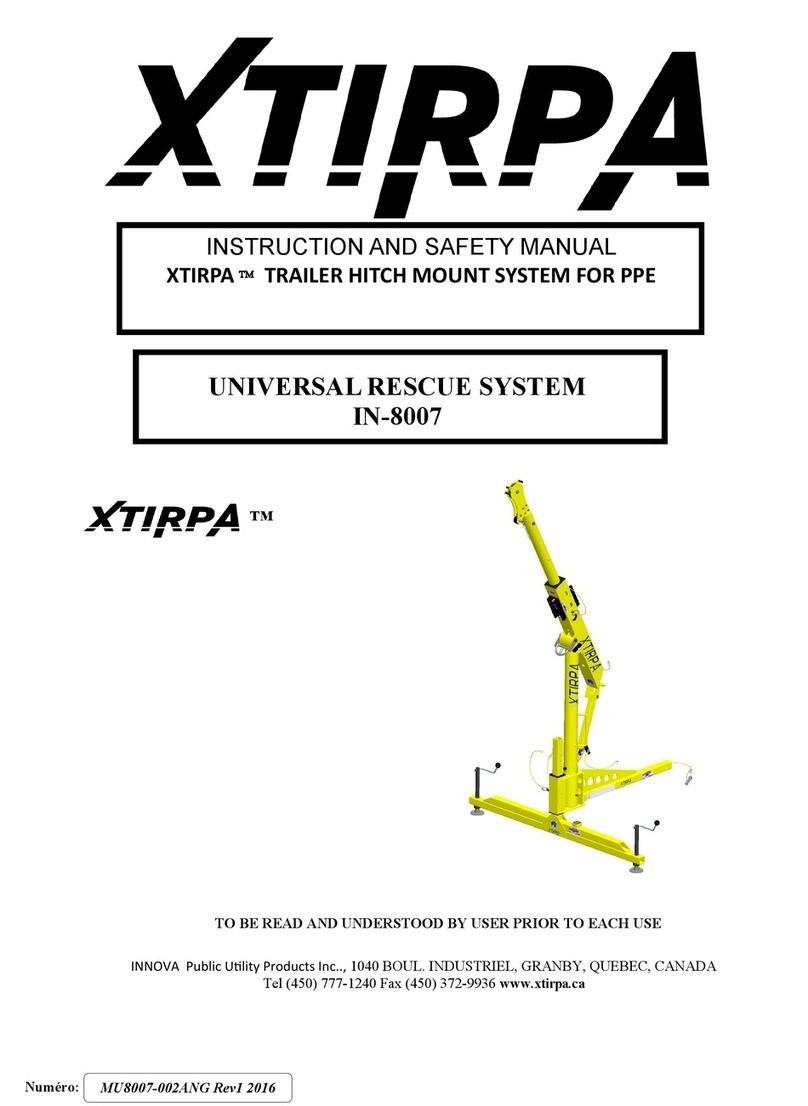
Innova
Innova Xtirpa Instruction and safety manual

bolle SAFETY
bolle SAFETY B810 quick start guide
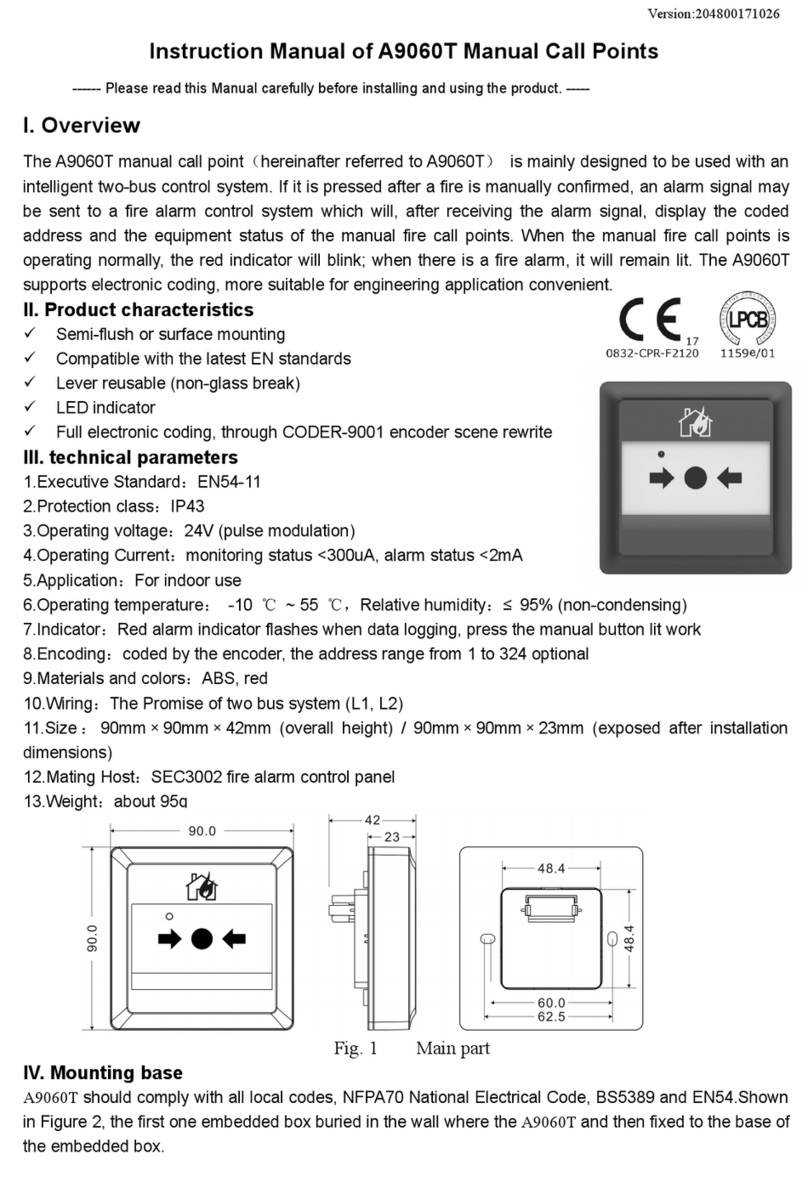
SHENZHEN FANHAI SANJIANG ELECTRONICS
SHENZHEN FANHAI SANJIANG ELECTRONICS A9060T instruction manual

Hiltron security
Hiltron security POWER8E Installation and use manual

Salewa
Salewa MTN SPIKE user manual

Hatco
Hatco B-950P installation guide

Sitec
Sitec TX MATIC operating manual













